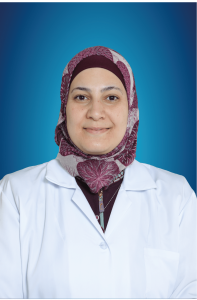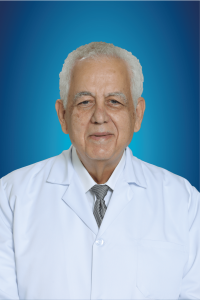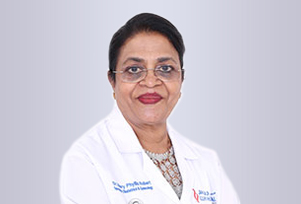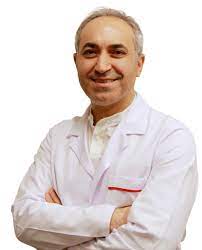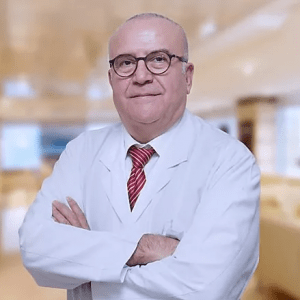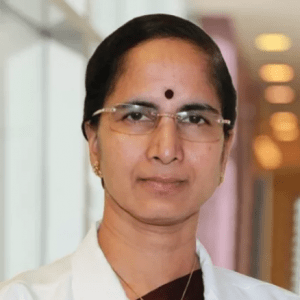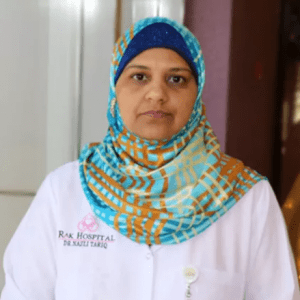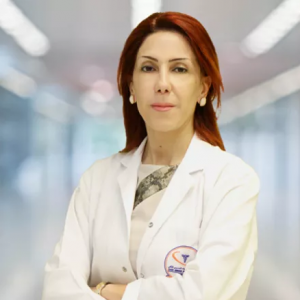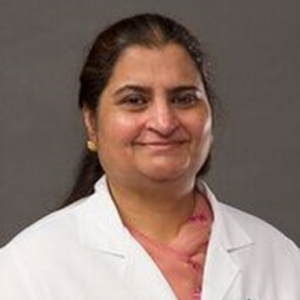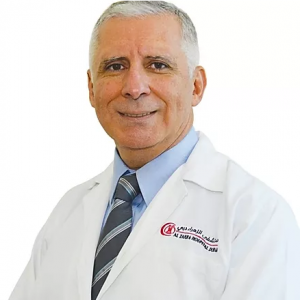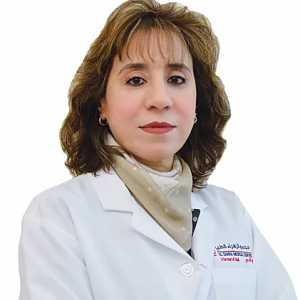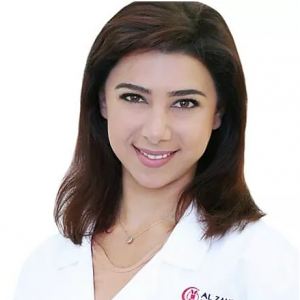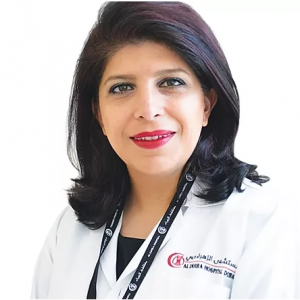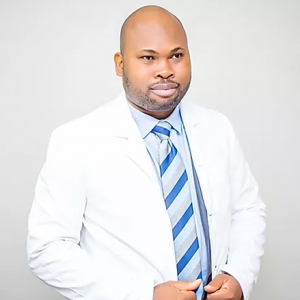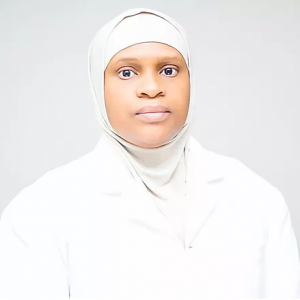Amenorrhea Treatment
Amenorrhea is a word from the Greek origin ” a – men – rhein” meaning “no month flow”. Amenorrhea describes the absence or abnormal cessation of menstruation in adolescent girls or women, at least for 3 consecutive menstrual periods in women already menstruating. and also, girls who have not started menstruation by age 15. Read More
Top Doctors For Amenorrhea Treatment Treatments
Top Hospitals For Amenorrhea Treatment Treatments
Amenorrhea Treatment
As a woman, a menstrual disorder is not to be taken lightly. Such disorders can lead to a certain crisis that is likely to affect you in general. One of these disorders is Amenorrhea, also spelled Amenorrhea; a situation where you do not have menstrual cycles or your menstrual period periods ceases for a long period of time, often months to years. This can stage a serious challenge for you.
According to a research study done by the World Health Organization (WHO), among women of reproductive age, the prevalence of amenorrhea ranges from approximately 5percent to 13percent.
Source: obgyn.onlinelibrary.wiley.com
What is Menstruation?
Menstruation also called menorrhea is the process by which the body creates a suitable internal environment in females to enable healthy pregnancy. The whole process is often referred to as the menstrual cycle and usually lasts for 25 to 30 days in most women of reproductive age.
This biological function is as basic as breathing, digestion, blood circulation, and excretion, hence the absence of it can post serious worries and concerns; especially to premenopausal women who already have an established menstrual cycle.
What are the classes and types of Amenorrhea?
Amenorrhea can be classified into:
1. Physiological Amenorrhea
Amenorrhea is said to be physiological when it Is due to normal biological processes that cease the menstrual cycle.
a) Prepuberty: This measure happens when menstrual periods come too early for a girl undergoing puberty. Her menses may probably come between ages 12-13 and stops for a while to come back and stabilize at a more appropriate age.
b) Menopause: This is a permanent stop in the menstrual cycle of a woman. It mostly happens when a woman is age 45 and above. After a woman hits menopause, she stops menstruating and can no longer give birth.
c) Pregnancy Amenorrhea: Once you are pregnant, your menses stops flowing due to hormones that prevent the release of eggs for fertilization.
d) Lactational Amenorrhea:This is the cessation of the menstrual period due to breastfeeding. Breastfeeding prevents eggs from being released during modulation which can later result in menstruation.
2. Pathological Amenorrhea
Pathological amenorrhea happens when there is an underlying medical abnormality that prevents the menstrual cycle of a woman.
Types of Pathological Amenorrhea
a) Primary Amenorrhea :Primary amenorrhea is when a girl has not started having menstrual flow by age 15 (or within 5 years of the first signs of puberty)
The causes of primary amenorrhea are often connected to medical disorders especially in women. Some include:
- Turner’s syndrome; a genetic disorder in females where one of the two X chromosomes is missing or abnormal. It can stop menses and cause infertility.
- Müllerian agenesis; lack of vaginal development.
- Polycystic ovarian syndrome
- Enzyme shortage
- Congenital adrenal hyperplasia
- Imperforated hymen
- Hypothyroidism, and some others
Other causes can include:
- Delay in puberty
- Stress/excessive use of energy.
- Low calories intake
- Eating disorders, etc.
b) Secondary Amenorrhea
Secondary amenorrhea is when a girl or woman has been having periods but then stops having them for at least 3 months. This is the kind of amenorrhea that posts serious worries and concerns.The causes of secondary amenorrhea, are similar to that of the primary. The causes of disorders include:
- Hyperprolactinemia; the pituitary gland produces a high level of breastfeeding hormones creating breast milk which in turn hinders menstrual flow.
- Polycystic ovarian syndrome
- Hypothyroidism
- Early menopause
- Ovarian failure
Other causes include:
- Intense exercises
- Stress
- Eating disorders
- Nutritional deficiency
- Weight loss
What are the risk factors of Amenorrhea?
There certain factors that the chances of one having Amenorrhea.
- Genetic predisposition
- Eating disorder
- Strenuous and vigorous exercises
What is the complication of Amenorrhea?
- It could lead to infertility
- The weakness of bones due to low estrogen levels.
- Increase risk of heart disorders
- Vaginal dryness
How can I be diagnosed with Amenorrhea?
- You will be examined by the doctor to ascertain the underlying cause
- You will have to undergo several blood tests including pregnancy test, thyroid function test, ovary function test, male hormone test
- You might also be required to do some imaging tests such as ultrasound tests, computerized tomography scans, etc. This is to check for abnormalities in the reproductive tissue
Treatment of Amenorrhea
First, getting a good place for proper diagnoses and treatment is paramount. Also, treatment options depend strictly on the cause of amenorrhea.
Treatment options:
- Using drugs that help control abnormal hormone levels
- Surgery for tumors of the hypothalamus, ovaries, cervix, and adrenal glands
- Proper nutritional counseling on how to eat a balanced diet, to keep a healthy weight, and to cope with stress.
The doctor might also prescribe estrogen therapy to relieve hot flushes and vaginal dryness.
Also, women that desire to prevent pregnancy using contraceptives should consult the doctor, and must avoid self-medication so they don’t interrupt their menstrual cycle.
Symptoms
Although symptoms of amenorrhea vary according to the cause, most women can experience:
- Hot flushes.
- Discharge of milk from the nipples.
- Vaginal dryness.
- Headaches
- Vision changes.
- Acne and growth of hair on the face and many women may have no symptoms other than the lack of periods.
Causes
Women naturally stop menstruating during:
- Pregnancy
- Long-term breastfeeding
- Premature menopause
The cycle can also be affected by:
- Birth control pills and injections that inhibits the hormones necessary for menstruation.
- Drugs such as cancer chemotherapy drugs, antidepressants drugs, etc.
- Stress
- Excessive exercise
A number of medical conditions that can result in amenorrhea:
- Primary ovarian insufficiency can result from damage to the overlies due to incomplete abortion, chemotherapy, or autoimmune attack.
- Long term lack of ovulation (release of an egg) due to stress, weight loss, and low body weight, eating disorders such as anorexia, bulimia, excess exercise, and tumor of the hypothalamus.
- Hormonal imbalance is caused by some disorders like polycystic ovarian syndrome, adrenal, and thyroid malfunction.
- Scarring of the uterus resulting from infections like gonorrhea, syphilis, etc.
FAQ
1. Can I still get pregnant if I have Amenorrhea?
There is a possibility of getting pregnant if the underlying cause isn't that which causes infertility. Also, some medication for amenorrhea increases your potential for getting pregnant.
2. How does Amenorrhea affect the bone?
Low Estrogen is present in the case of amenorrhea and Estrogen aids in the build-up of the bone, hence people with amenorrhea might have low bone density mass
3. What is the most common cause of Amenorrhea?
The most common cause of amenorrhea is pregnancy but it could be that there is a problem with the hormonal level in the body or the reproductive system.
4. Why does excessive exercise cause Amenorrhea?
When a lady undergoes strenuous exercises and does not balance it with the good nutritional take in needed by the body, the body could interpret it as starvation and shut down some system of the body
5. What is the fastest way to cure Amenorrhea?
The fastest ways to cure amenorrhea includes:
- Treating hormonal imbalance in the bod
- Treating thyroid disorders
- Treating an eating disorder
- Avoiding strenuous exercises, etc.


